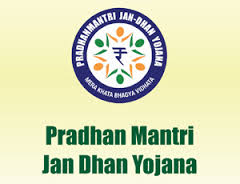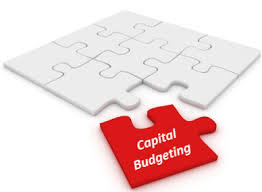Financial Inclusion or inclusive financing in simple terms is the extension of financial services such as credit, insurance, banking and savings etc in an affordable way. Financial inclusion is the next big paradigm that can contribute to alleviating poverty and improving the livelihoods of the less privileged. Financial Inclusion is an objective in every part of the world.
In Sub-Saharan Africa only 34% (2014) of the adults have access to bank accounts. Only 48% of Indian adults have access to a bank account, out of which half lie dormant. This accounts for nearly 17% of the world’s unbanked population. The Government of India argues that one cannot achieve inclusive growth without financial inclusion. As a result, financial inclusion is one of its top priorities. The 12th year action plan (2012-2017) highlights faster and more inclusive growth. A very important example of the initiatives taken by the government is Pradhan Mantri Jan Dhan Yojana (PMJDY) which is a national level objective to ensure access to financial services to disadvantaged and low income segments of society in an affordable manner.
PMJDY aims to provide bank accounts to every adult citizen (1.2 Billion bank accounts). This ambitious project aims to provide bank accounts to the remaining 480 million un-banked citizens. However, people have been speculative and highly critical of this project. India has several hurdles to overcome with respect to implementing and executing this scheme effectively and efficiently.
- Infrastructure-Virtual Relationship Barrier
The government needs to ensure that banks or similar institutions are set up in rural areas. Currently, the Government is issuing licenses banks with the condition that 25% of their branches are present in rural areas. Along with this I feel the government should tap into the concept of virtual banking considering there are 900 million mobiles in use in India.
- Financial Awareness and Literacy
It is essential that the rural unbanked population are made aware of the advantages of banking. Most of the target population may not be financially educated enough to think that banking is worth their time. Various informative projects should be initiated to teach them about banking, saving, loans and essentially creating wealth.
Apart from the general constraints like infrastructure, awareness, literacy –the main concern is that these newly opened accounts may lie dormant. According to Raghuram Rajan, the RBI Governor, “The system is going to be a waste if what we do generates a whole set of duplicate accounts… It is going to be a waste if those accounts are not used; they open and they languish. Many of the persons coming into the system are coming for the first time; so if we do not make a good first impression, they will stay out. Let us ensure it works.” As, of 5th November 2015, 85 million bank accounts had zero balance. This completely defeats the purpose and expectation of financial inclusion and growth.
There are many obstacles that we need to cross to achieve the goal of 100% banking. However, with many stakeholders and efficient execution of plans we may be able to achieve this paramount goal that no country has till date. Being the third largest economy in Asia we just may be able to do it.
Click here for government certification in Accounting, Banking & Finance





19 Comments. Leave new
Nice article!
Good work
Good work
Good!
Good!!!
Good Article!!!
Nice
very good..
Nice article
Good and informative
Well explained!
Very well explained and nice article.
Goood Work 😀
Well researched Elesha!
good one 🙂
Good Article!
Financial inclusion is difficult but necessary
Very well written!
Really its high tern that each and every citizen should be allowed the luxury of relishing the benefits of having a back account ,very well in Ed great efforts commendable job